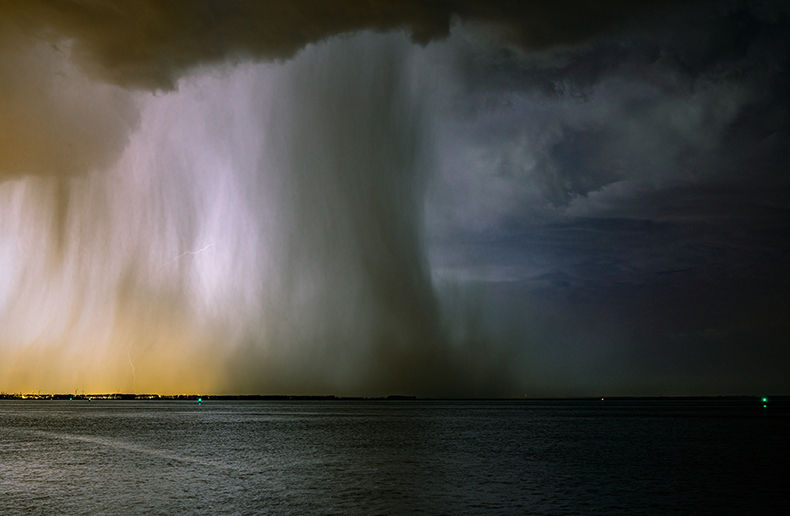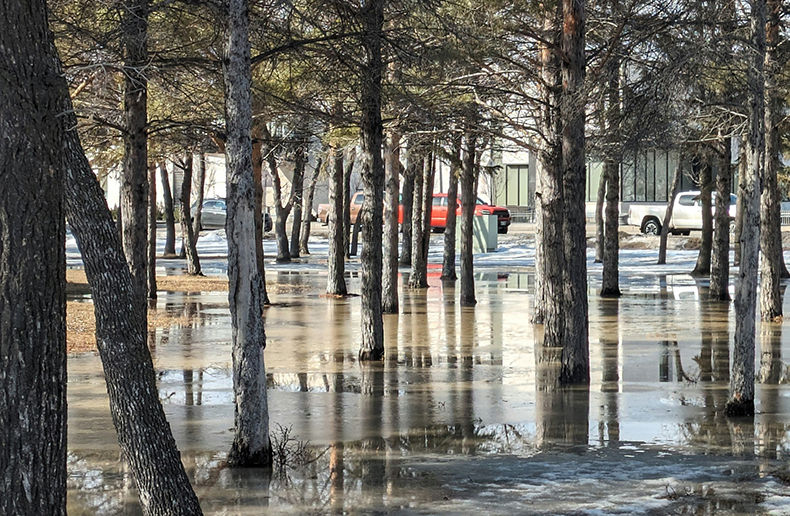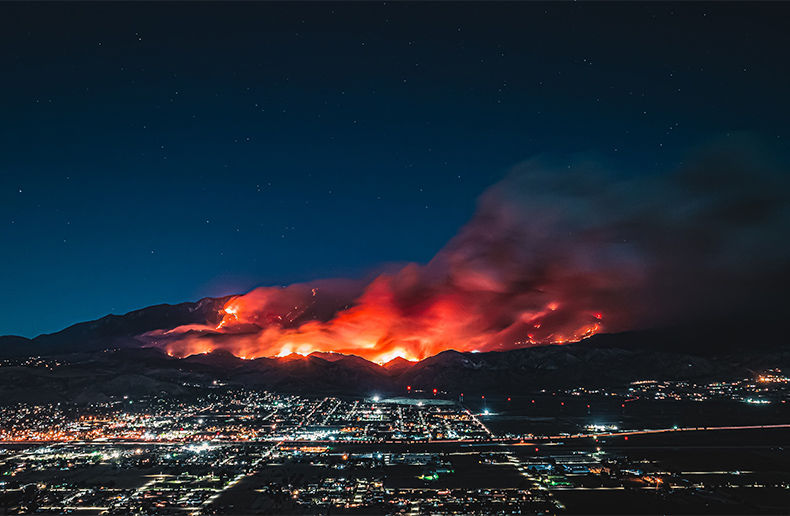
Extreme weather conditions are already having significant impacts on operations, financial statements, and revenues of companies, according to a recent article by American fund manager Capital Group, entitled Weather watch: Four sectors feeling the force of nature.
“With flooding, storms and extreme heat becoming more frequent and severe, the weather looks poised to play an even more prominent role among investment considerations,” writes Jayme Colosimo, ESG Investment Manager at Capital Group, in the Capital Ideas series article.
Colosimo notes that the United States experienced 28 extreme weather events in 2023, "more than double the number seen a decade earlier." By "extreme," she refers to events that have cost at least one billion U.S. dollars. A chart included in her article traces this evolution.
Number of climate events of US$1 billion and more. Source of the graphic on climate events of US$1 billion and more, National Centers for Environmental Information (NCEI), indicates that the extreme weather phenomena occurring in the United States in 2023 resulted in costs of $93.7 billion.
Out of these 28 events, the majority were severe storms (19). The article cites data from Swiss Re Institute, which notes that storms caused losses of $34 billion in the United States in 2023, the highest total for a six-month period on record.
Record year
Globally, disasters in 2023 led to economic losses of $380 billion and insured losses of $118 billion, reveals Aon in its 2024 Climate and Catastrophe Insight report. These disasters claimed 95,000 lives, marking the deadliest toll since 2010. The United States accounted for 67 per cent of the insured losses.
The total economic losses related to natural disasters in 2023 were 22 per cent higher than the 21st century's annual average. Insured losses for 2023 exceeded the average by 31 per cent. Aon identified 66 disasters costing $1 billion or more in 2023, setting a record. The annual average to date has been 42.
Drought and supply chain
Everyone likes to talk about the weather, including leaders of major corporations – Jayme Colosimo
Across sectors, the disruptive effect of droughts on supply chains is something investors should keep an eye on in 2024 and beyond,” states Colosimo. “In recent times, mentions of weather-related events on S&P 500 company quarterly investor calls have hit a multiyear high.
Insurance availability issues
In her article, Colosimo cites experts from Capital Group. They looked at the effects of extreme weather conditions on the insurance sector.
“Increased natural catastrophe-related losses have precipitated a sea change in global reinsurance markets,” explains Rob Grube, equity investment analyst at Capital Group. Adjusted for inflation over ten years, the average insured losses in the sector have doubled over the past five years, according to Grube.
He adds that hailstorms, wildfires, and other secondary risks have accounted for more than half of this increase.
“The affordability and availability of property insurance may remain challenged for the foreseeable future,” he concludes.
The proliferation of extreme weather events has prompted reinsurers to increase their prices or even exit from certain areas of coverage, Colosimo observes. "Some insurers have, therefore, followed suit," she adds.
Founded in Los Angeles in 1931, Capital Group opened an office in Toronto in 1998 and in Montreal in 2021. In 2000, it began offering portfolios to individual Canadian investors. Operating in several countries, Capital Group manages over $2.5 trillion.

















